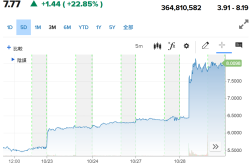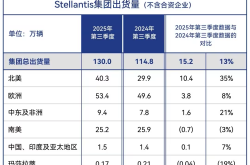The Revival of Small-Screen Phones: A Manufacturer's Gamble or a Genuine Consumer Trend?
![]() 05/22 2025
05/22 2025
![]() 498
498
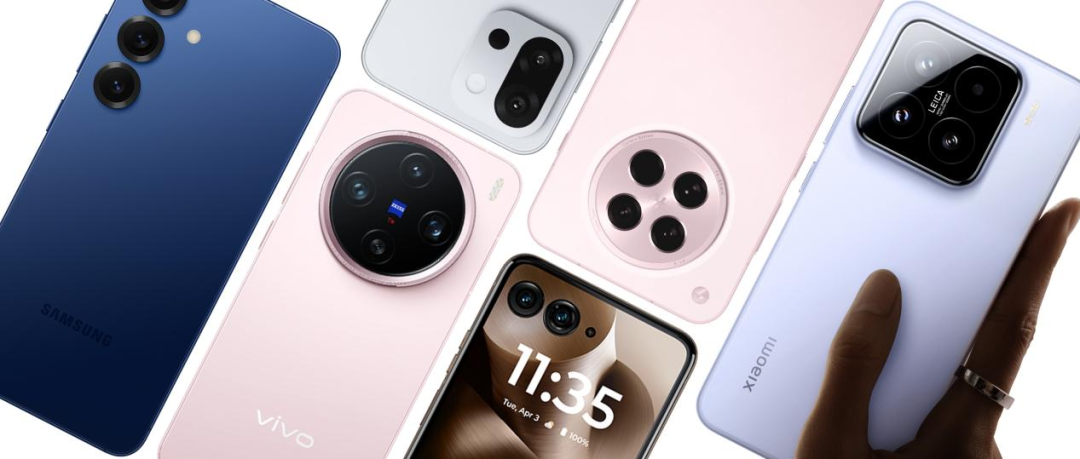
Navigating the Large Market with Compact Devices
By Meng Huiyuan
Edited by Chen Dengxin
Typeset by Annalee
As the adage goes, fashion is cyclical, and this adage now extends to the smartphone industry as well.
Amidst the pervasive trend of larger screens, a retro wave of smaller screens is quietly emerging. Small-screen phones (typically referring to those with displays under 6.4 inches) have become a new frontier for manufacturers seeking differentiation in an increasingly competitive market.
Recall the fervent discussions sparked by every update and change to the black notch on the Apple iPhone screen. Even the latest leaks about the iPhone 17 Pro Max emphasize its smaller notch, highlighting the ongoing pursuit of larger screens and extreme screen-to-body ratios.
However, many manufacturers have now recognized that, after fulfilling their needs for large-screen audio-visual entertainment and efficient office work, a significant portion of consumers are nostalgic for the convenience and portability of smaller, one-handed phones. As a result, an array of smartphones designed with compact screens has emerged.
From the OPPO Find X8s and OnePlus 13T released last month to the upcoming Meizu 22 small-screen flagship, officially announced a few days ago for a summer launch, and according to various leaks or online predictions, the imminent OPPO Find X8 mini and vivo S21 mini...the current smartphone market is abuzz with the resurgence of small-screen phones.
Small-Screen Phones are Making a Comeback
This recent trend of manufacturers flocking to produce small-screen phones cannot be discussed without mentioning the "verbal spat" that erupted in the smartphone industry last month.
It began when Wang Teng, General Manager of Xiaomi's China Marketing Department and REDMI brand, publicly criticized "performance-oriented small screens as a pseudo-demand for self-satisfaction." Concurrently, OnePlus had just unveiled the gaming performance flagship OnePlus 13T, heralded as the "small-screen demon."
This exchange directly propelled the topic of small-screen phones into the spotlight. In Wang Teng's Weibo post, he not only bluntly stated that "competitors are following the trend of making small-screen phones" but also dismissed performance-oriented small-screen phones as "pseudo-demands." Redmi insists on the large-screen route because larger screens offer "better vision, stronger battery life, and are more suitable for gaming."

Image source: Wang Teng's Weibo
At this juncture, manufacturing large-screen phones seems counterintuitive, evoking a strange sense of time reversal.
In fact, the rise of small-screen phones began much earlier.
According to related reports, since the second half of 2024, the mobile phone market has witnessed the密集 release of multiple small-screen phones, including the vivo X200 Pro mini, Xiaomi 15, Samsung Galaxy S25, OPPO Find X8s, and OnePlus 13T. Most of these devices sport screen sizes around 6.3 inches.
As the popularity of small-screen flagships soars, the benchmark model Xiaomi 15 has sold over 1 million units within a month of its launch, surpassing the 1 million mark faster than its predecessor, the Xiaomi 14 series.
All this is attributed to the significant performance breakthroughs achieved by small-screen phones in various aspects.
Once, amidst the trend towards larger screens in the smartphone market, small-screen phones were often perceived as "compromising on performance." However, with the current battery supply chain introducing silicon-carbon anode batteries, small-screen flagships can now achieve larger battery capacities without altering or even reducing battery volume. The launch of high-performance processors like the Snapdragon 8 Ultimate Edition and the Dimensity 9400 has enabled small-screen phones to deliver robust performance within limited body space... all these factors have ushered in a new era for the development of small-screen phones.
Notably, small-screen phones also emphasize personalized and differentiated competition.
Some prioritize being lightweight and thin, striving to become the "invisible companion" in users' pockets; others emphasize photography capabilities, leveraging advanced camera technology and algorithms to enable small-screen phones to capture stunning photos; some highlight fashion trends, catering to consumers' pursuit of taste and style through collaborations; still, others integrate environmental protection and technology, making the body materials and packaging boxes more green and sustainable, resonating with the theme of environmental protection in this era.
These innovations not only enhance the practicality of small-screen phones but also greatly enrich their cultural connotation and increase their market appeal.
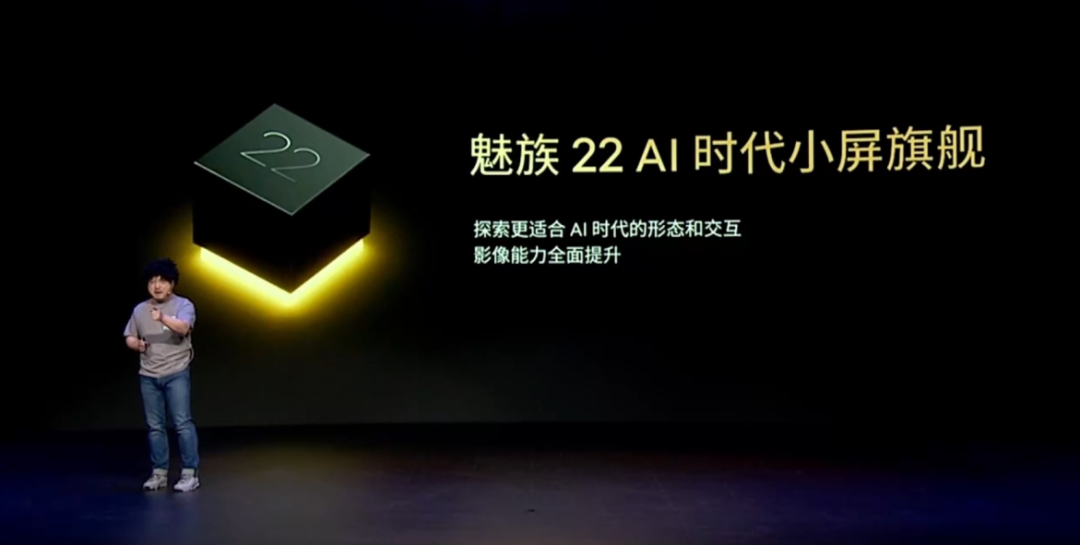
The upcoming Meizu 22 features AI as its selling point
Facts have proven that the new generation of small-screen phones is no longer merely a change in screen size but has comprehensively improved the user experience while maintaining portability.
For instance, vivo has leveraged functional innovations to demonstrate that small screens do not equate to compromised imaging but rather deep customization and optimization tailored to the needs of specific user groups. OPPO has redefined the technical limits of thinness and lightness with material breakthroughs, making "handling without burden" a key selling point of small-screen phones. Xiaomi, through its collaboration with Leica, has achieved a brand upgrade from "cost-effectiveness" to "emotional premium." And OnePlus, due to its deep cultivation in gaming performance, has become a performance benchmark among small-screen phones.
It is evident that manufacturers are attempting to rewrite the industry rules of the small-screen segment through a combination of "strengthening technological strengths + capturing user pain points."
Displaced Complementarity, Fostering New Demands
In the past, large-screen phones had a dominant advantage over small-screen phones due to their comprehensive performance and scenario versatility. Today, small-screen phones are returning to the limelight with a series of technological innovations and precise user positioning.
Rather than saying that small-screen phones are coming to "reclaim what originally belonged to them," it is more accurate to state that they are actively carving out new growth spaces by precisely targeting segmented scenario needs, amidst the situation where the penetration rate of large-screen phones is nearing saturation and the competition for existing users is fiercely intense.
According to IDC data, shipments of small-screen phones in the Chinese market have increased by 23% year-on-year, with over 50% of consumers actively paying attention to small-screen models. This phenomenon reflects a profound shift in consumer demand and the inevitable trend of technological iteration. Other data indicates that in 2025, the market share of small-screen phones in the high-end market is expected to exceed 15%, emerging as the second growth curve after foldable screens.
The resurgence of small-screen phones is not merely a technological innovation but also a mirror reflecting changes in consumer attitudes.
As a new generation of consumers embarks on a quest for a more personalized lifestyle, screen size is no longer the sole criterion for measuring the value of a smartphone. They place greater emphasis on the portability, uniqueness of the phone, and its alignment with their lifestyle. Small-screen phones, with their compact bodies, distinctive designs, and rich cultural connotations, have become their choice for self-expression and showcasing their taste.
According to a survey by iiMedia Consulting, 73.5% of users choose small-screen phones for their "portability," and 54.4% value their one-handed operation advantage. This demand is particularly pronounced among younger groups, who are weary of the monotony of large-screen phones and view small-screen phones as a symbol of individuality, catering to the trends of minimalism and nostalgia.
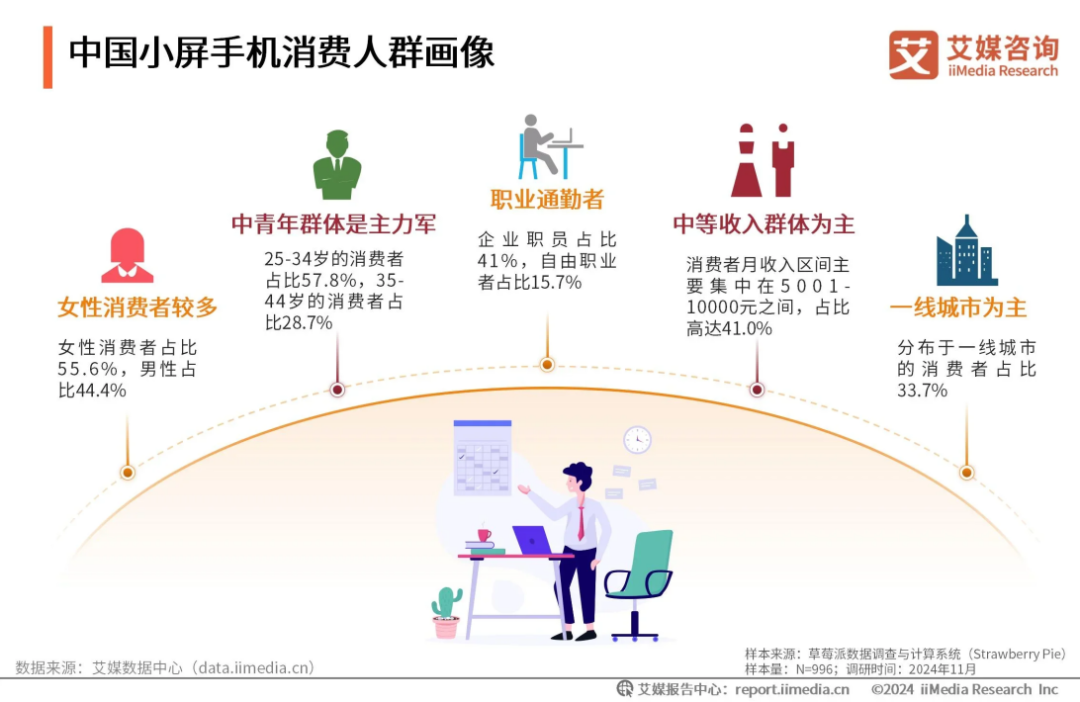
Image source: iiMedia Consulting
Crucially, with the innovation and application of mobile phone forms such as foldable and rollable screens, the boundaries of screen size may continue to blur and expand, and the human-machine relationship will undergo deeper transformations and reconstructions in this process.
Take the Lenovo moto razr 60 series foldable phone, released on May 8, as an example. Due to its foldable screen form factor, users naturally enjoy a dual-use experience: in its folded state, the external screen size is typically around 3.63 to 4 inches, convenient for one-handed operation and as portable as a small-screen phone. When unfolded, the internal screen size expands to 6.9 to 7 inches, transforming it into a large-screen straight-screen phone that offers a superior visual experience, satisfying users' needs for larger screens in areas such as movie watching, gaming, reading, and office work.
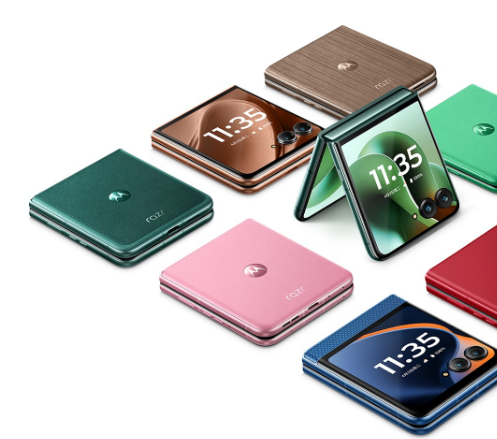
Lenovo moto razr 60 series foldable phone Image source: Lenovo's official Weibo
This embodies an innovative design approach - no longer confined to the singular dimension of screen size but satisfying users' diverse needs in different scenarios through diversified designs and functions. Behind it lies a profound understanding of consumers' underlying needs and forward-thinking insights into future smartphone market trends.
From this perspective, mainstream smartphone manufacturers have opted for the strategy of "navigating the large market with compact devices," signifying that the consumer electronics industry is further transitioning from disorderly competition to demand creation.





